Fireplace Inspection Timing Guide
Fireplace inspections are essential for maintaining safety and efficiency. The optimal time to schedule an inspection is before the start of the heating season, typically in late summer or early fall. Conducting inspections during this period ensures that any issues are identified and addressed before frequent use begins. Additionally, inspections can be beneficial after heavy use periods or if there are noticeable problems such as smoke backup or unusual odors.
Regular inspections help prevent fire hazards, improve fireplace performance, and extend the lifespan of the unit. Statistics indicate that a significant percentage of residential fires originate from malfunctioning or neglected fireplaces. Ensuring inspections are performed at the right time reduces risks and promotes safe operation throughout the heating season.
Ideal for scheduling before the heating season begins to ensure safety and optimal performance.
Recommended after periods of intense use or if issues like smoke backup occur.
A routine yearly check to maintain safety standards and efficiency.
Necessary if there are signs of damage, unusual odors, or fire hazards.
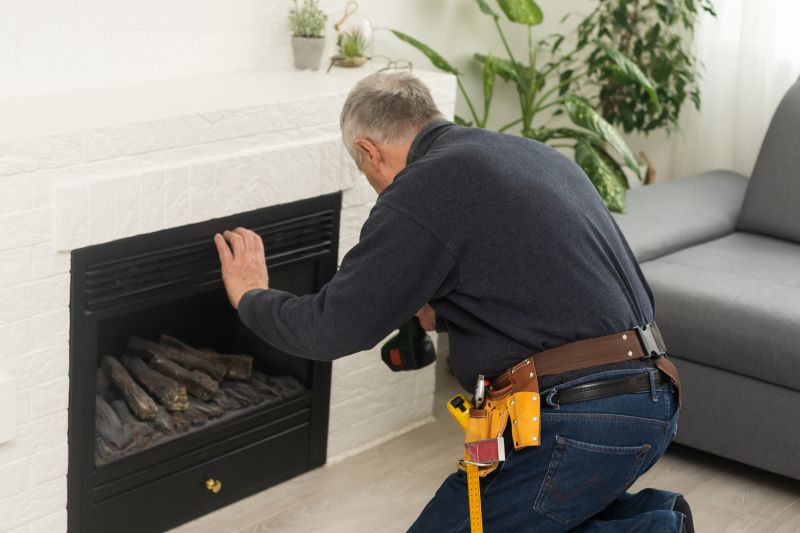
Ways to make Fireplace Inspections work in tight or awkward layouts.

Popular materials for Fireplace Inspections and why they hold up over time.
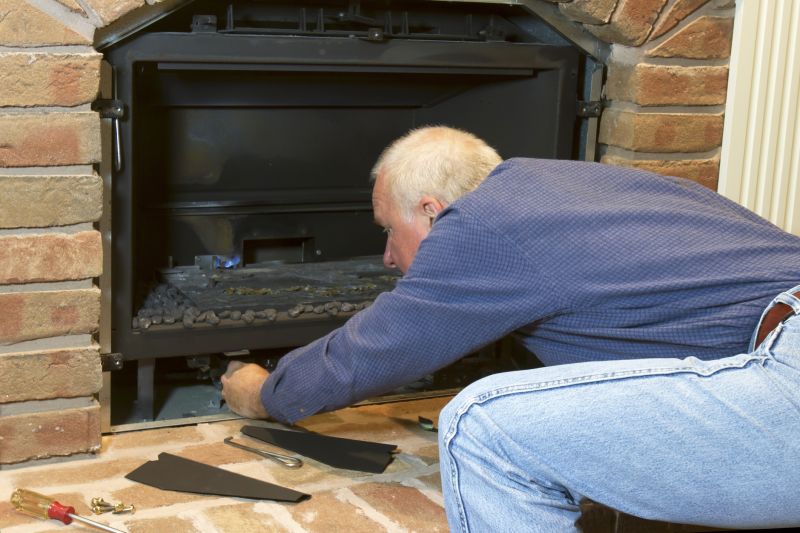
Simple add-ons that improve Fireplace Inspections without blowing the budget.

High-end options that actually feel worth it for Fireplace Inspections.
Fireplace inspections are a critical part of home safety and maintenance. They involve checking the chimney, flue, and firebox for blockages, creosote buildup, or structural issues. Properly maintained fireplaces reduce the risk of chimney fires, which account for thousands of residential fires annually. Inspections also help identify potential issues early, avoiding costly repairs and ensuring compliance with safety standards.
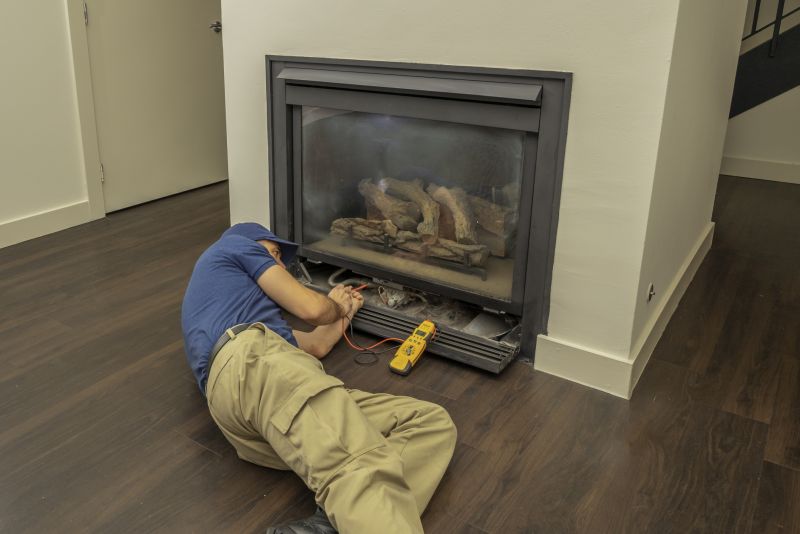
Finishes and colors that play nicely with Fireplace Inspections.
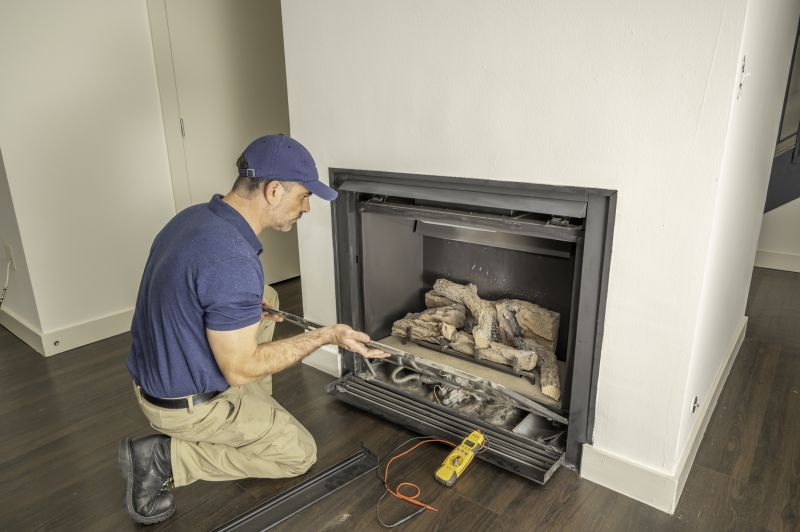
Little measurements that prevent headaches on Fireplace Inspections day.

A 60-second routine that keeps Fireplace Inspections looking new.
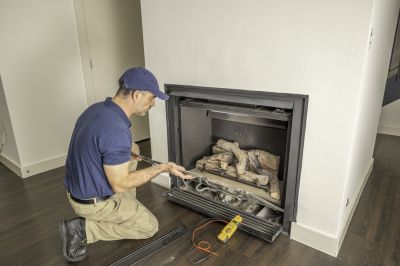
A frequent mistake in Fireplace Inspections and how to dodge it.
| Inspection Type | Ideal Timing |
|---|---|
| Pre-Season Inspection | Late summer or early fall |
| Post-Heavy Use Inspection | After periods of intense use |
| Annual Inspection | Once a year, preferably before winter |
| Emergency Inspection | Immediately after signs of damage or hazards |
| Late Fall Inspection | Just before the heating season starts |
Scheduling fireplace inspections at appropriate times ensures safety and efficiency. Regular checks help prevent fire hazards caused by creosote buildup, cracked chimneys, or damaged components. Homeowners are encouraged to contact professionals for comprehensive inspections and maintenance to keep fireplaces operating safely and effectively throughout the year.
